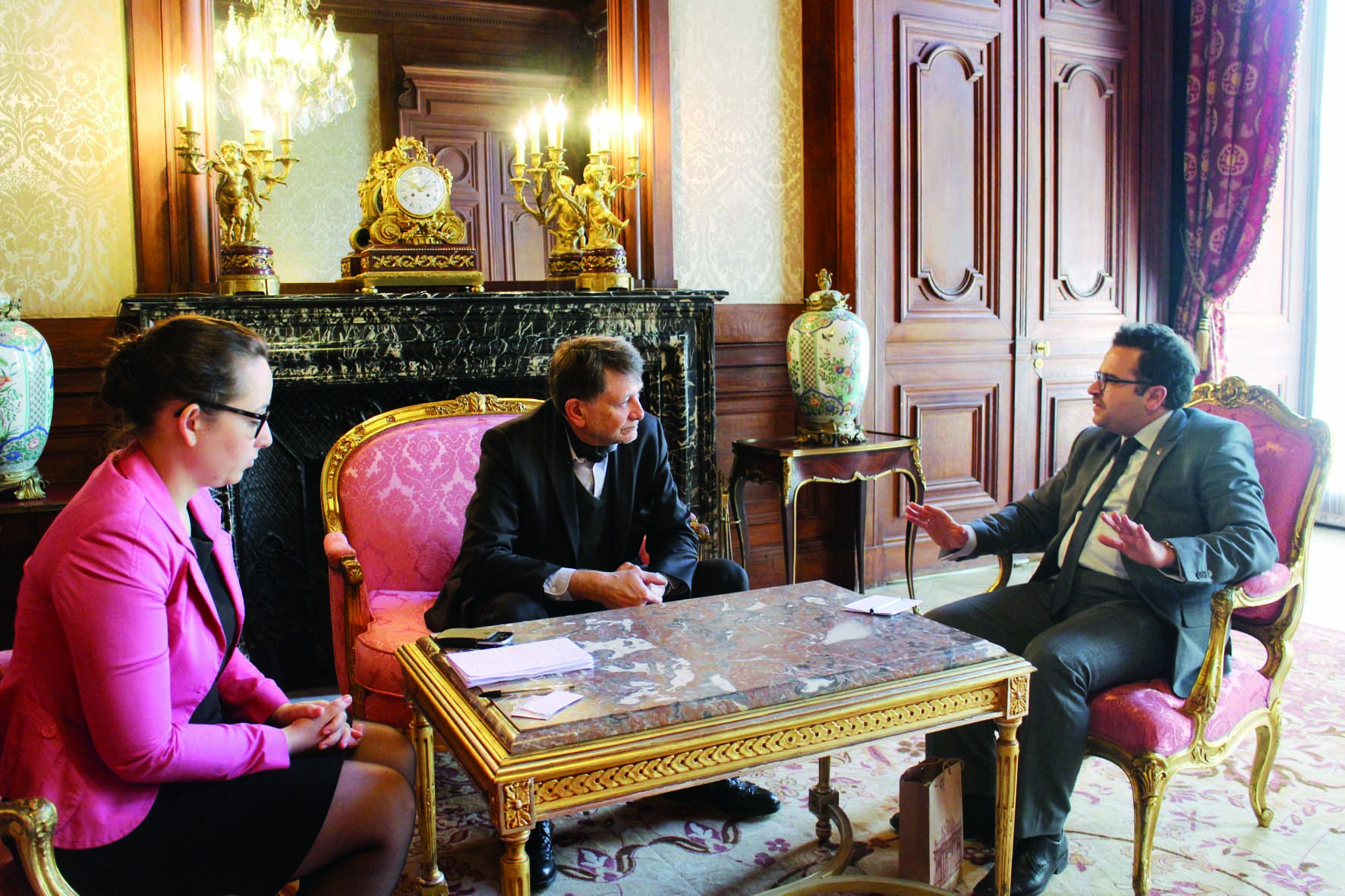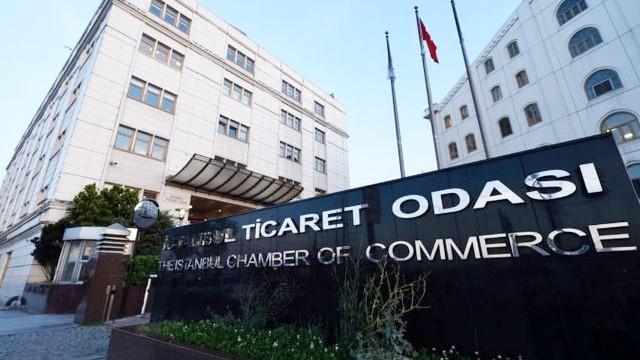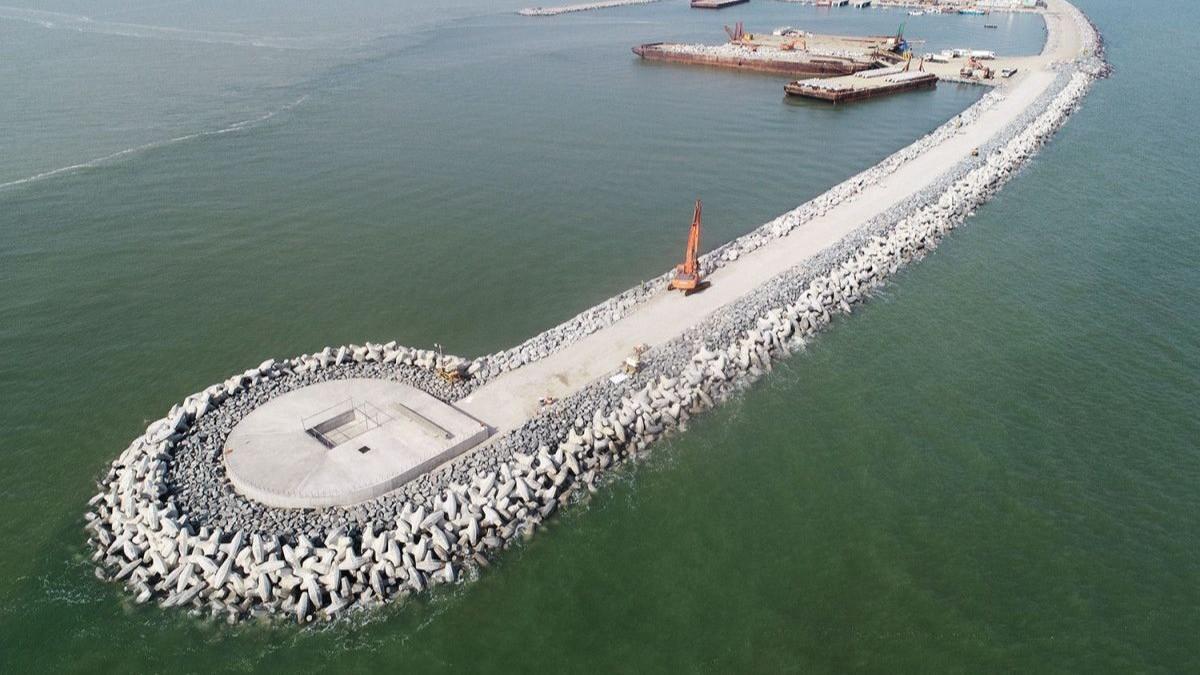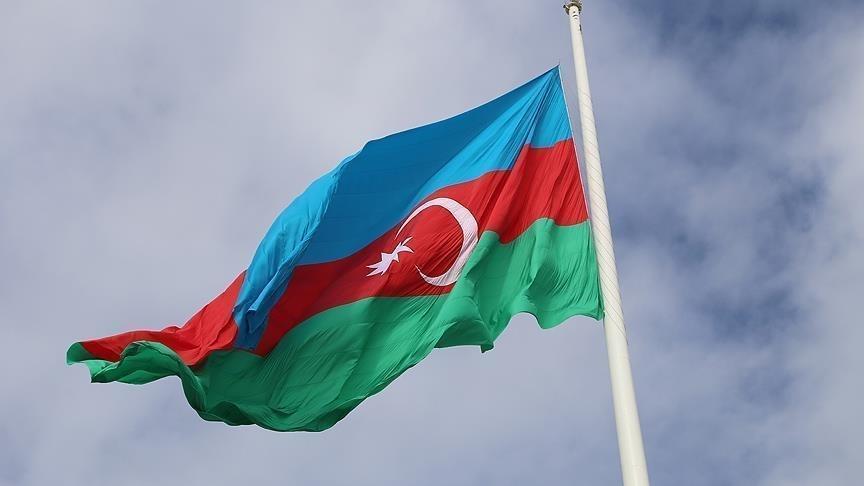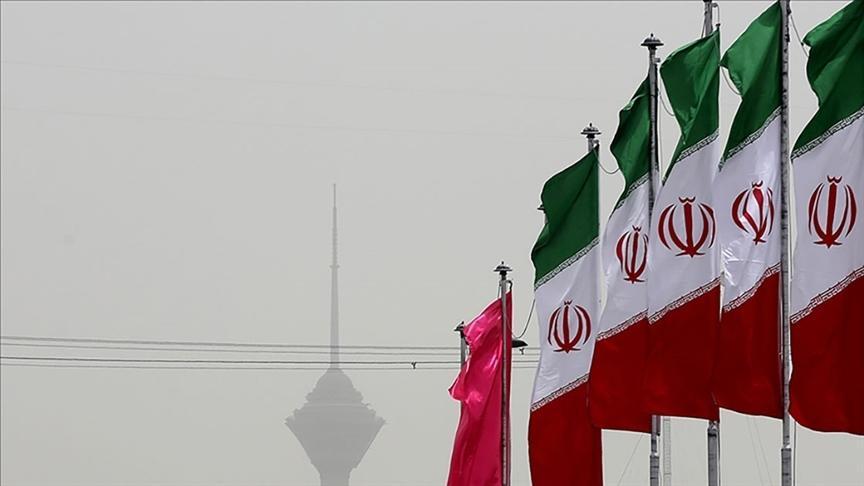Ottomans' first Paris mission lives on in memories
ISTANBUL – Anadolu Agency

AA Photos
More than 200 years on, there is little physical indication that Paris’ L’Hôtel de Monaco once served as the Ottoman state’s first mission to France, but the memories continue to live on, even if no tangible reminder remains.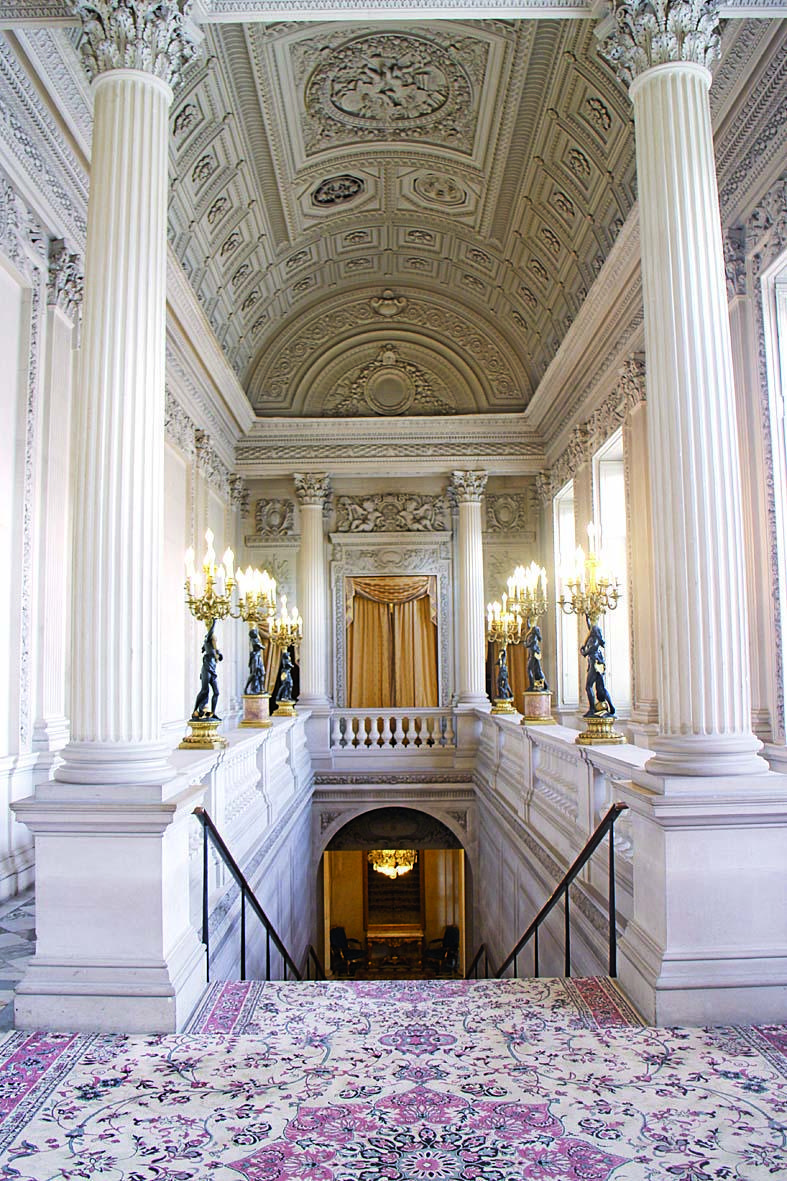 “Unfortunately, today there is no sign that the Ottomans used this building in the past. But its memory is still kept,” said Polish Consul General to Paris Agnieszka Kucinska.
“Unfortunately, today there is no sign that the Ottomans used this building in the past. But its memory is still kept,” said Polish Consul General to Paris Agnieszka Kucinska. Poland now uses the old L’Hôtel de Monaco as its embassy in Paris, and Kucinska recently hosted Turkish Parliament National Palaces guide Osman Nihat Bişgin, who has researched the related of the historical building, at the site.
“The Ottoman state was the only one that recognized Poland as a country during its division, and was using this building as the embassy at that time. This is really important to us. Even though we don’t have an Ottoman artifact here, we still have the traces of our good relations,” she said.
The building, which Monaco Princess Marie-Catherine de Brignol had architect Alexandre Brongniart build in 1777, was used by the permanent ambassador, Seyyid Ali Efendi, at the end of the 18th century.
Bişgin said it was very important to them that the building was used by Ottoman ambassadors in the past.
Noting that the 600th anniversary of Turkish-Polish relations were recently celebrated, Kucinska said: “This building symbolizes the centuries-old friendship between Turkey and Poland. This relationship is stronger today.”
Kucinska said that as part of cultural heritage days, the embassy opens its door to the public one day in September every year, hosting 3,000 people last year.
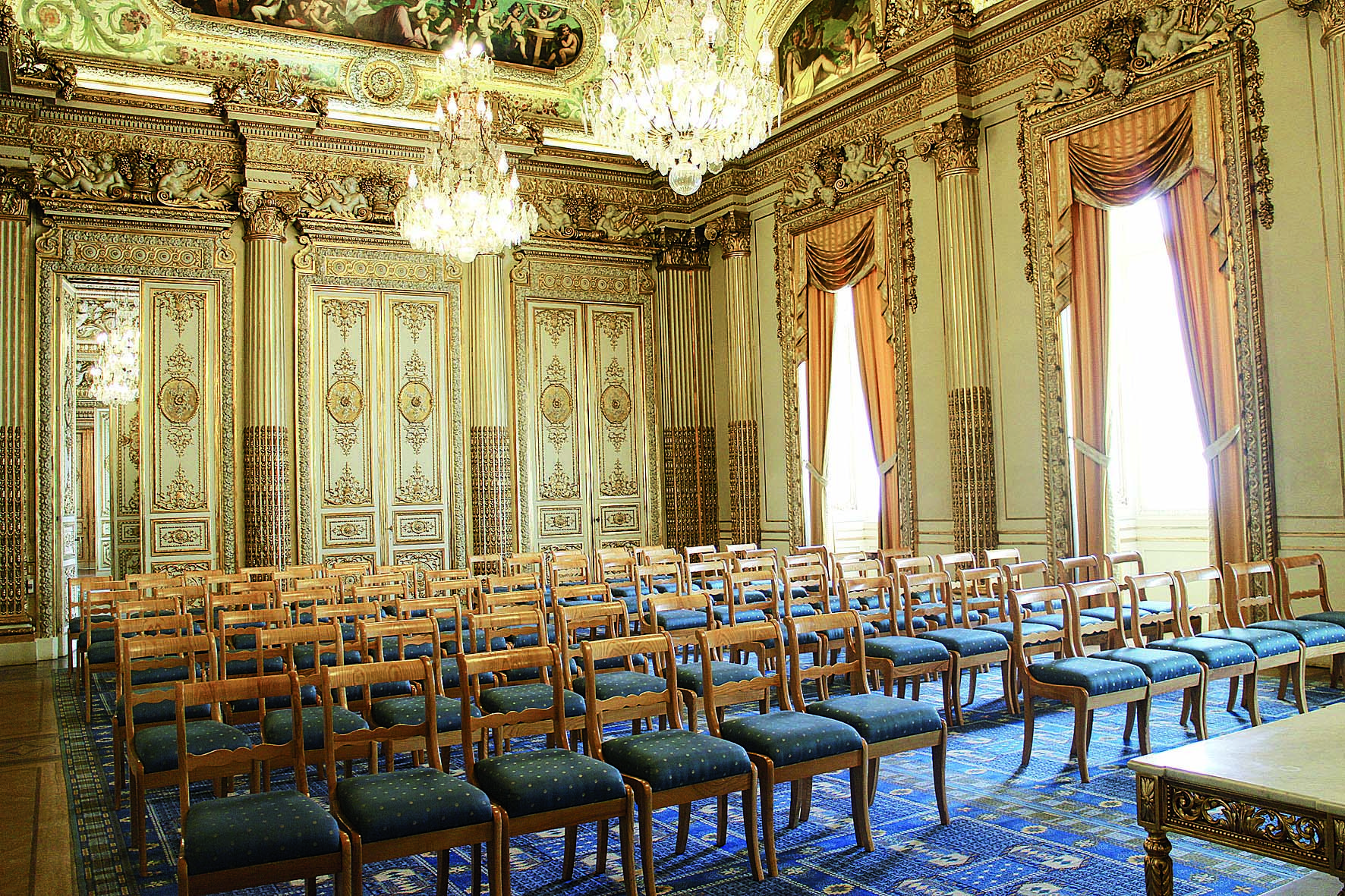
‘Chopin gave first public concert here’
Nearly 700,000 Polish people are now living in France, Kucinska said. “In this building we organize conferences, attended by famous Polish writers. Also, the fashion shows of famous Polish designers are held here. Normally, embassies do not host such events.”
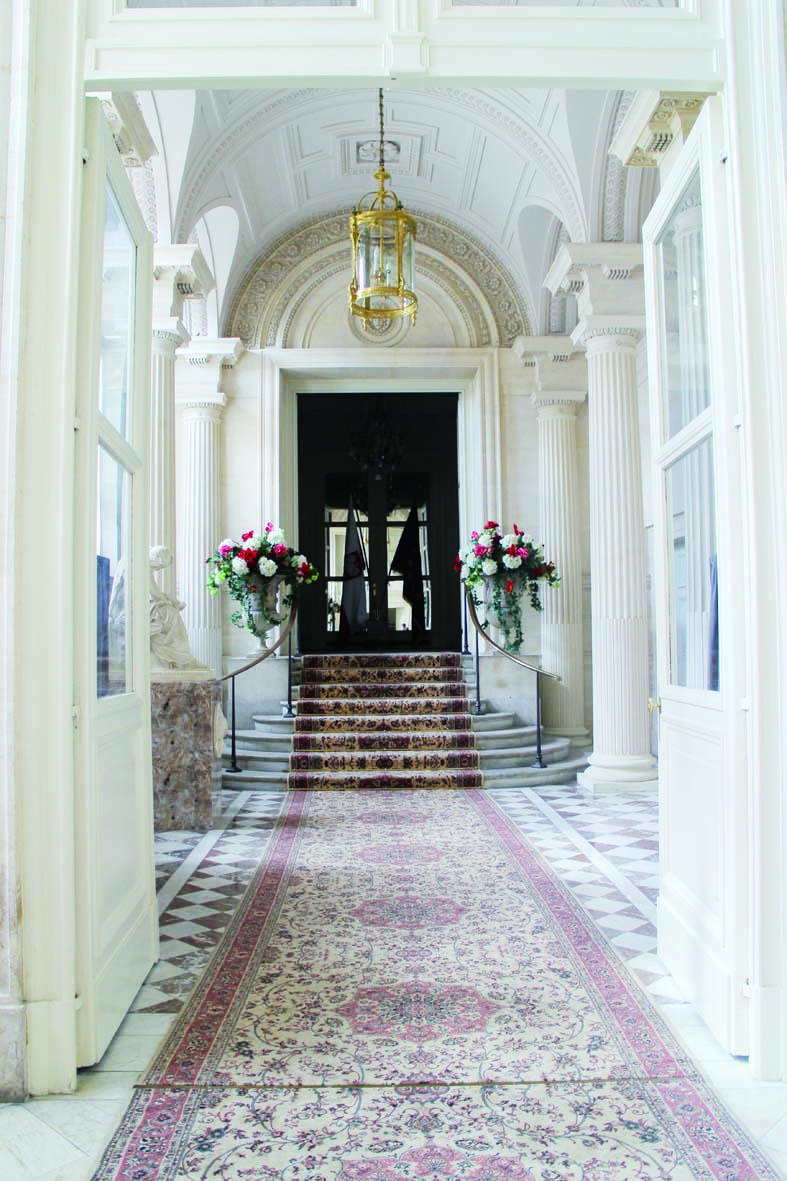 The consul general said that besides the Ottomans, the building had been used by the British and Austrians, and that famous composer Frederic Chopin gave a public concert in the building at the time of the Austrian ambassador’s residence.
The consul general said that besides the Ottomans, the building had been used by the British and Austrians, and that famous composer Frederic Chopin gave a public concert in the building at the time of the Austrian ambassador’s residence. Bişgin said Seyyid Ali Efendi was the first permanent ambassador to reside at the L’Hôtel de Monaco between 1797 and 1802.
Bişgin said the estimated term in office was three years when Seyyid Ali Efendi was appointed as the ambassador.
“Unfortunately, problems in Egypt occurred. The French army landed in Egypt and the Egypt campaign started. Then we can say that Seyyid Ali Efendi stayed here like a political prisoner. But his building was not taken from him; he continued staying there. Later, the peace settlement was signed and Seyyid Ali Efendi demanded his passport,” Bişgin said.
Bişgin said Seyyid Ali Efendi drew great interest when he took office. “Everyone wanted to see him. This place is very close to the National Assembly building. Therefore, they wanted to keep him close to themselves. They wanted to control his visitors. When his mission ended, the embassy building was not taken from him. He was a kind of slave but they thought to use him as a political trump and he was kept as an official in the eye of France,” he added.
Bişgin noted his happiness that the L’Hôtel de Monaco was currently serving as the Polish embassy. “I was very happy when I heard that the building was in a friend’s hand. I wrote to Polish Consul General to Istanbul Grzegorz Michalski. He helped us get in touch with Kucinska.”
